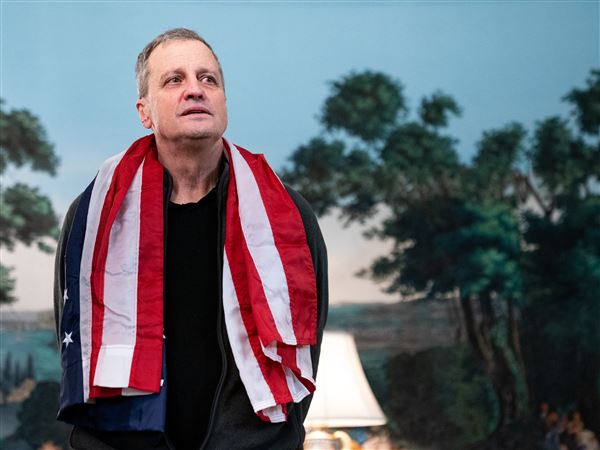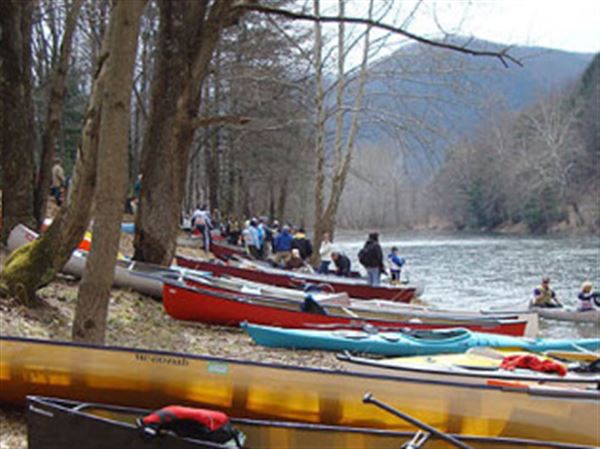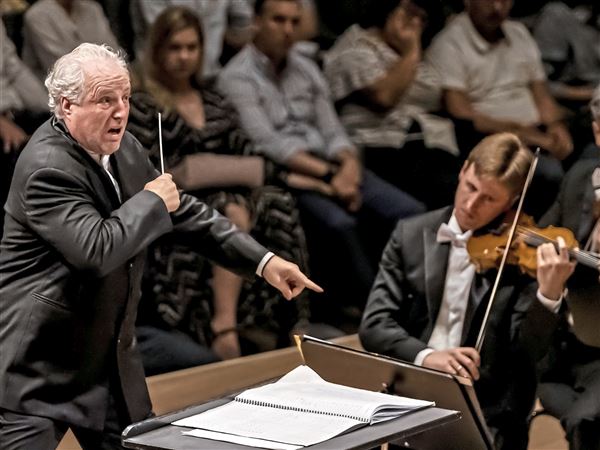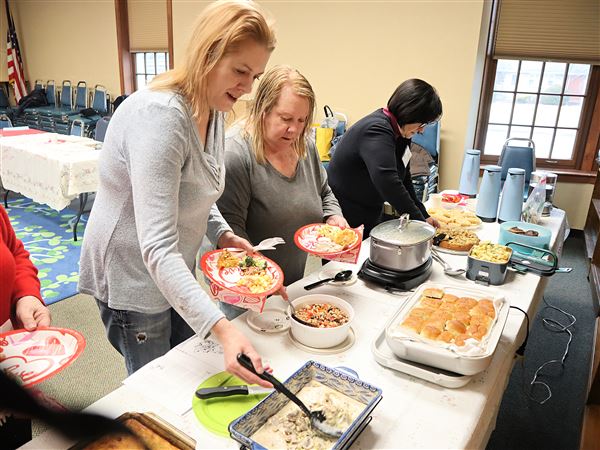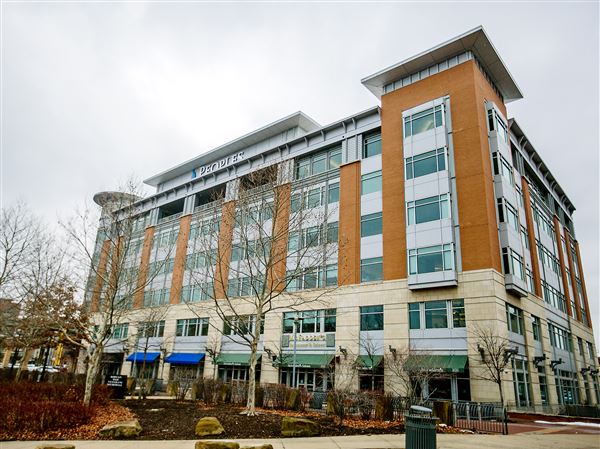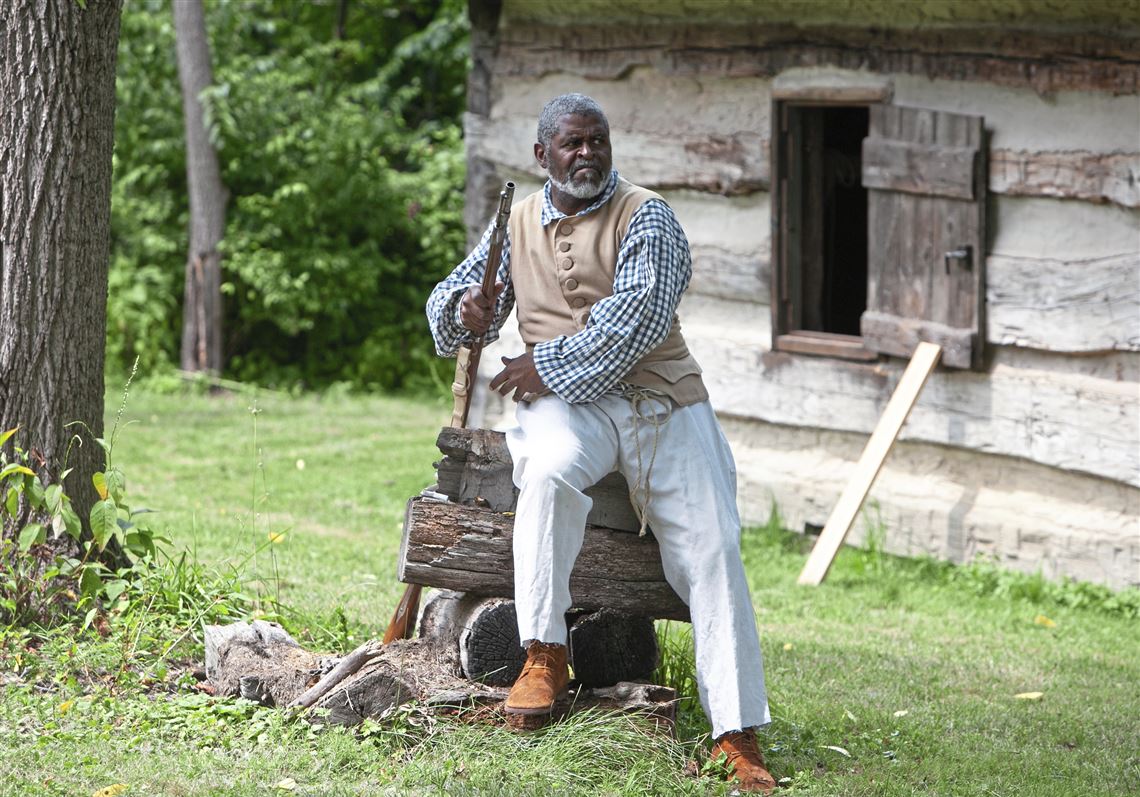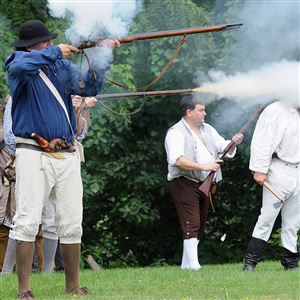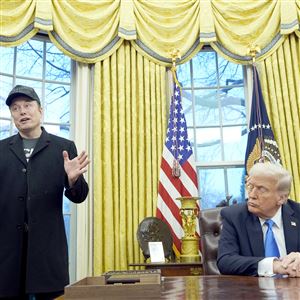Wali Jamal aimed his flintlock rifle and fired at the whiskey rebels gathered near reconstructed slave quarters at Woodville plantation in Collier.
It was the first shot in a July 21 re-enactment of an attack that occurred 230 years ago on John Neville’s other plantation, Bower Hill, in nearby Scott.
Volleys of gunfire followed, and the 2 p.m. re-enactment of the first day of the 1794 Battle of Bower Hill ended in victory for Jamal and other defenders of the plantation.
About 100 spectators applauded and a few gathered around the only Black re-enactor with a question:
Why would an 18th-century enslaved man fight to save his owner’s plantation?
Jamal, a well-known Pittsburgh actor, understood their confusion.
“They were picturing some guy tired and whipped and picking cotton. There was a difference in servitude in the North.
“They weren’t treated much different than white indentured servants. Neville was their employer. ... Slaves would rather deal with the devil they know.”
In fact, the Revolutionary War general and local excise tax inspector wasn’t around much, according to Robert Windhorst, a Neville House Associates board member who has done extensive research on the enslaved community of around 80 people who lived and worked at Bower Hill and Woodville, which were about a half-mile apart.
“They lived relatively autonomously,” he said. “They had their own homes. ... There were fewer than 500 people living in Pittsburgh at the time. If they rebelled and left, where would they go?”
When Neville died in 1803, a detailed inventory of his possessions included 79 enslaved people. Many of their first names and ages were listed.
Two men in their 40s, Harvey and Joe, were among the oldest members of the enslaved community.
Windhorst found records indicating that the two men were purchased by Neville in 1768 in Winchester, Va. Neville brought them with him when he moved to Western Pennsylvania.
Jamal, who relied on Windhorst’s research and his own, was portraying one of these men at the re-enactment. He learned how to fire a flintlock rifle earlier that day.
“You take a shot and don’t hear anything while everyone reloads,” he said. “I pulled muscles I didn’t know I had.”
Dave Resek of Mt. Lebanon portrayed Neville in the re-enactment. On that July day two centuries ago, Neville reportedly shot and killed a member of the Oliver family whose homestead stands today as a museum in South Park.
The next day, a much larger force of nearly 600 farmer-distillers and other rebels returned to Bower Hill. The 3 p.m. re-enactment portrayed this battle, and it didn’t go well for Bower Hill’s defenders, who now included 10 Army soldiers.
Before that day’s battle, Resek/Neville escaped and hid in a ravine, and women and children were escorted out of the house. A musket shot felled Clay Kilgore of Claysville, who portrayed Major James McFarlane, a rebel leader and Revolutionary War veteran.
At the end, Jamal and other defenders were arrested and Woodville, standing in for Bower Hill, was faux-torched.
Windhorst, who gave a Juneteenth presentation for about 40 people at Woodville, has learned much about the enslaved community who worked for Neville, his son, Presley Neville, and his son-in-law, Isaac Craig, the biggest slaveholders of that period in the region.
There were about the same number of men and women, he said, and most were young. Of the 79 enslaved people mentioned in 1803, 44 were under age 20.
During Neville’s frequent absences (he was mainly here in the summertime), they worked under the direction of two or three overseers, one of whom may have been an enslaved man.
Each had their jobs and some were allowed to work for neighboring farmers. After Bower Hill was burned, an inventory written by Neville lists $18 assigned to enslaved people who worked in the kitchen.
Jamal believes Harvey and Joe made Monongahela rye for Neville, one of the largest whiskey distillers in the area, but they were not allowed to make booze for others.
Two enslaved boys were credited with hunting and killing a wolf in one of Neville’s letters, an indication that at least some in the community had access to rifles.
Windhorst shared his research with the late storyteller Temujin Ekunfeo, who portrayed an enslaved man during Woodville’s Whiskey Rebellion re-enactments from 2012-2019.
“We have discovered so much more since then,” he said. “I’m so excited to have Wali. Being an actor, he can do first-person interpretation.”
Jamal is already planning to take part in Woodville’s Christmas programming and the Neville Associates are looking for others to portray members of the enslaved community.
“I would love to have people to portray women,” Windhorst said.
Jamal, a history lover whose YouTube channel is called History’s Flipside, is eager to learn more about the people who lived and worked in Western Pennsylvania over 200 years ago. And he’s up for more re-enactments.
“It was a great experience,” he said. “I plan to start doing episodes from Woodville.”
Kevin Kirkland: kkirkland@post-gazette.com
First Published: August 1, 2024, 9:30 a.m.
Updated: August 2, 2024, 3:00 a.m.
